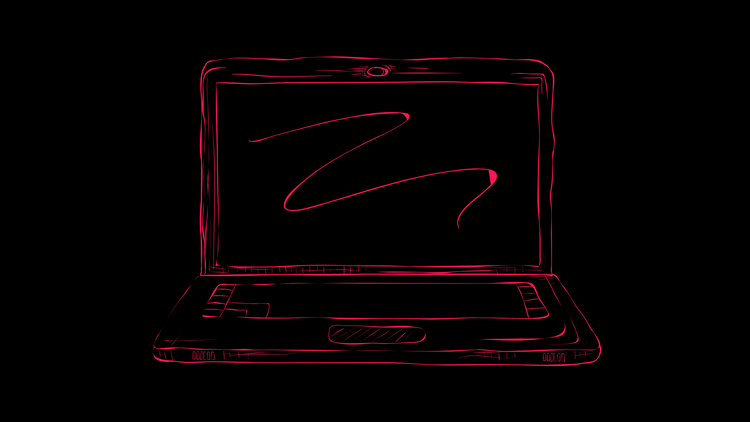Always-on City Surveillance
You are being watched in Newark, and elsewhere
“Surveillance cameras monitored by the police have become a ubiquitous presence in many cities. In Newark, anyone with internet access is allowed to watch.”
In cities, creators — those connecting the physical and digital worlds — are vastly outpacing protectors.
Further, policy-makers, who by admission don’t understand technology, are being left behind.
As a result, from autonomous vehicles to connected devices, 21st-century cities have 20th-century security policies.
As cities evolve, security planning — orders of magnitude larger and more consequential than widely recognized — requires business and policy research and cooperation.
The consequences for inaction are perilous.
If you are one of the more than 3.5 billion people living in a city, your cell phones, camera feeds, applications, and credit card transactions are part of real-time security networks.
These networks know where you are and, for the most part, what you are doing. They actively and passively collect real-time data. They are never down and never rest, and they don’t stop at your front door.
They are now in your home. From the baby room’s camera to your Apple TV, your smart refrigerator to Alexa, your at-home activities are closely monitored.
For you and many others, this surveillance serves a purpose.
You grant collection permission so your life can be seamlessly integrated and optimized. Every large technology company is spending billions of dollars to accommodate that wish.
But you should not discount the real, substantial, and ever-growing risks.
Knowingly or otherwise, you are permitting networks — built and curated by people — to surveil in real-time your most sensitive activities.
Do you want someone to watch as you put my daughter to bed? Do you want the next fun game application to broadcast your exact location? Do you want someone to listen to your pillow talk?
The most significant American public debate about privacy and security centered around phone numbers.
In short, post-9/11, the American government wanted to know if people were communicating with terrorists.
Times have changed.
Our new online-offline environment is pervasive and deeply integrated.
Consumer devices provide data that can answer the following and many other questions:
- With whom do you communicate?
- What are you eating?
- What are you discussing with your spouse?
- How are you accessing capital?
- What time did you enter and exit the subway?
- How are you spending your time?
- What are you buying and from where?
- What are you reading and watching?
- When are you sleeping and with whom?
- What is your blood pressure?
- How and when do you travel?
All of this information — the stuff that, for the most part, you don’t think about day to day — feeds a well-financed network that, at best, makes life more convenient.
But unknown third-party vendors, criminals, law enforcement, foreign intelligence, and other non-neutral stakeholders can access this data, too.
And now, in Newark and elsewhere, this surveillance network is available to your neighbors, competitors, and enemies.
The security risks are obviously massive, yet city-based security policy is still figuring out how to limit sidewalk congestion caused by scooters.
If research and cooperation drive public policy, we are far from understanding how ubiquitous technology will impact our cities.
Meanwhile, in the absence of clear policy, city-based threats are increasing and compounding.





